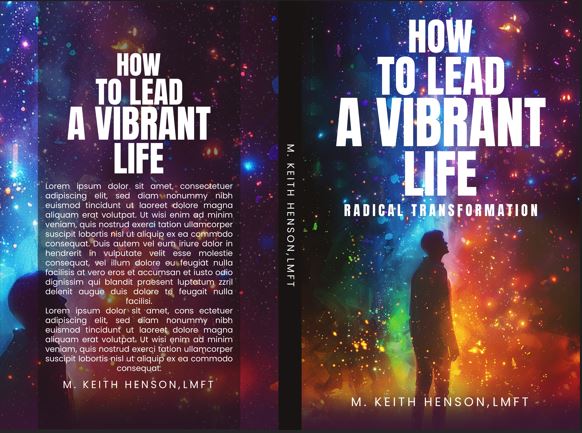The Role of Creativity in Transformation Psychotherapy
 Transformation Psychotherapy
Transformation Psychotherapy
In psychotherapy, creativity is a potent and frequently underutilised tool. Creativity is essential to transformation psychotherapy because it promotes self-discovery, healing, and personal development. Clients can express emotions that are hard to put into words, discover new ways of thinking and being, and reach deeper aspects of themselves by engaging with the creative process. Here's how Transformation Psychotherapy incorporates creativity and explains why it's so transformation:
Creativity as a Gateway to the Unconscious
The creative process often bypasses the logical, analytical mind and taps into the unconscious. Through creative expression whether it’s art, writing, music, or movement clients can uncover hidden emotions, memories, and patterns that may be influencing their behaviour. This can lead to profound insights and breakthroughs in therapy.
Expressing the Inexpressible
Not all emotions or experiences can be easily put into words. Creativity provides an alternative language for expression. For example:
Art Therapy: Drawing, painting, or sculpting can help clients externalise feelings they struggle to articulate.
Writing: Journalism, poetry, or storytelling can help clients process complex emotions and experiences.
Music and Dance: These modalities allow clients to express themselves physically and emotionally, releasing pent-up energy and tension.
Fostering Self-Discovery and Insight
Engaging in creative activities encourages clients to explore their inner world in a non-judgemental way. This process can reveal new perspectives, strengths, and possibilities that clients may not have been aware of. For instance, creating a visual representation of their "ideal self" or "life journey" can help clients clarify their goals and values.
Building Resilience and Problem-Solving Skills
Creativity inherently involves experimentation, risk-taking, and thinking outside the box. In therapy, this translates to developing resilience and finding innovative solutions to life’s challenges. Clients learn to approach problems with curiosity and flexibility, rather than fear or rigidity.
Healing Trauma Through Creative Expression
Trauma often resides in the body and the nonverbal parts of the brain. Creative modalities like somatic experiencing, drama therapy, or sand tray therapy can help clients process and release trauma in a safe and controlled way. This can be especially effective for clients who find traditional talk therapy limiting.
Cultivating Mindfulness and Presence
Creative activities naturally encourage mindfulness, as they require focus and immersion in the present moment. Whether it’s painting, playing an instrument, or writing, clients can experience a sense of flow a state of being fully engaged and absorbed in the activity. This can be deeply calming and grounding.
Empowering Clients to Reclaim Their Narrative
Creativity allows clients to rewrite their stories. Through creative expression, they can re-frame past experiences, envision new possibilities, and take ownership of their journey. This is particularly powerful in Transformation Psychotherapy, where the goal is not just to heal but to transform.
Strengthening the Therapeutic Relationship
Incorporating creativity into therapy can also deepen the connection between therapist and client. Sharing creative work fosters trust and collaboration, as clients feel seen and understood in a holistic way.
Practical Applications in Transformation Psychotherapy
Art-Based Exercises: Clients might create vision boards, draw their emotions, or use collage to represent their goals.
Writing Prompts: Journalism about specific themes, such as What does healing look like to me? or What would my future self say to me today?
Role-Playing: Using drama or role-play to explore different perspectives or practice new behaviours.
Music and Movement: Encouraging clients to use music or dance to express emotions or release tension.
Why Creativity Matters in Transformation Psychotherapy
Creativity is not just an add-on to therapy it’s a fundamental aspect of the human experience. By integrating creative practices into Transformation Psychotherapy, clients can access deeper levels of healing, tap into their innate wisdom, and unlock their potential for growth and transformation. Creativity reminds us that healing is not just about fixing what’s broken but about rediscovering the beauty, joy, and possibility within ourselves.
This blog topic can resonate with readers who are curious about innovative therapeutic approaches and those who may feel drawn to creative expression as a tool for healing. It also highlights the unique and holistic nature of Transformation Psychotherapy.
Subscribe to my newsletter
Read articles from Transformation Psychotherapy directly inside your inbox. Subscribe to the newsletter, and don't miss out.
Written by
